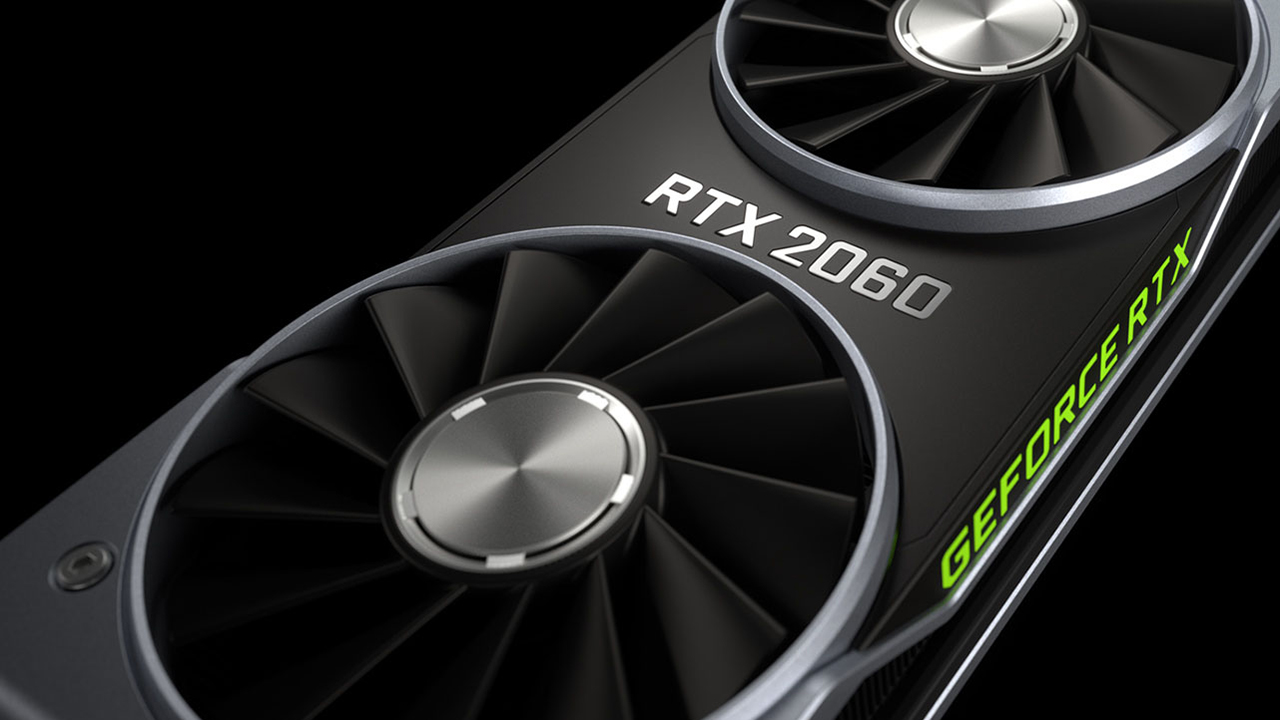
Nvidia’s Farewell to 32-Bit CUDA: Impact on Legacy PhysX Gaming
Nvidia’s recent announcement regarding the discontinuation of 32-bit CUDA support on its RTX 50 series (Blackwell) GPUs has sent shockwaves through the gaming community, particularly among enthusiasts of older PhysX-enabled titles. This decision marks a significant shift in Nvidia’s approach to legacy gaming, potentially affecting millions of users who rely on 32-bit CUDA libraries to power classic PhysX games.
The Demise of 32-Bit PhysX
PhysX, a powerful physics engine developed by Nvidia, has been a staple in PC gaming for over a decade. It has been used to simulate complex physical interactions in a wide range of games, from action-packed shooters to sprawling open-world adventures. However, with the advent of the RTX 50 series, PhysX technology has undergone a fundamental shift.
While PhysX functionality remains available in 64-bit applications, support for older 32-bit PhysX games has been completely removed. This decision has left many gamers with older titles in a quandary, as they can no longer access the immersive physics effects that were once integral to their gaming experience.
Performance Disparities: Old vs. New
Recent testing has revealed a stark difference in performance when running older PhysX games on RTX 50 series GPUs compared to older models. In classic titles such as Mirror’s Edge and Borderlands 2, the GTX 980 Ti, released in 2015, significantly outperforms the RTX 5090.
For instance, in Mirror’s Edge, the RTX 5080’s frame rate drops as low as 10 FPS, while the GTX 980 Ti maintains a stable 150 FPS. This glaring performance disparity highlights the limitations of the RTX 50 series when it comes to handling legacy PhysX games.
Workaround Solutions
In the face of this situation, some users have resorted to unorthodox workarounds to preserve their PhysX experience. One such method involves pairing an RTX 5090 with an older Nvidia card, such as the RTX 3050, and dedicating the latter to handling PhysX calculations.
While this workaround may provide some relief, it is not a perfect solution. It introduces additional complexity to the system configuration and may not always yield optimal performance. Furthermore, it requires users to purchase an additional GPU, which can be a costly proposition.
The Future of Legacy PhysX Gaming
Given Nvidia’s apparent unwillingness to reinstate 32-bit CUDA support, gamers who wish to preserve their older PhysX titles will likely need to consider using aging graphics cards from the GTX 900 series or even some RTX 3000 models. This could potentially drive up demand for these older cards, leading to increased prices and limited availability.
Conclusion: A Mixed Verdict
Nvidia’s decision to end 32-bit CUDA support is a bittersweet development for the gaming community. While it represents a technological advancement, it also severs ties with a significant legacy of PhysX-enabled games.
Whether or not Nvidia made the right call is a matter of debate. Some may argue that it is necessary to embrace progress and move on from older technologies, while others may lament the loss of compatibility with beloved classics.
Ultimately, the impact of this decision will depend on the individual gamer’s preferences. Those who prioritize the latest and greatest graphics technology may be willing to sacrifice legacy support, while others may choose to preserve their PhysX experience by investing in older hardware.
In the meantime, the search for alternative solutions continues. Open-source PhysX libraries have emerged, offering potential workarounds for the lack of 32-bit CUDA support. However, their compatibility and performance remain unproven, and it remains to be seen whether they can fully address the needs of legacy PhysX gamers.
